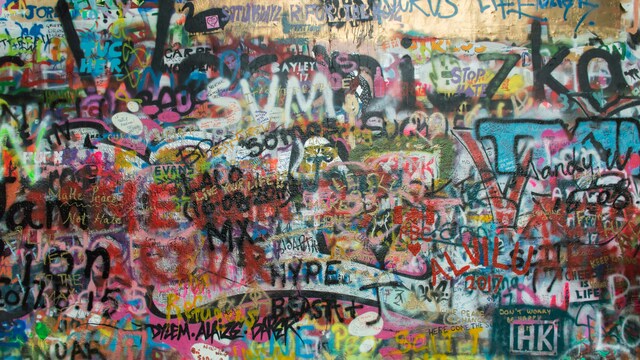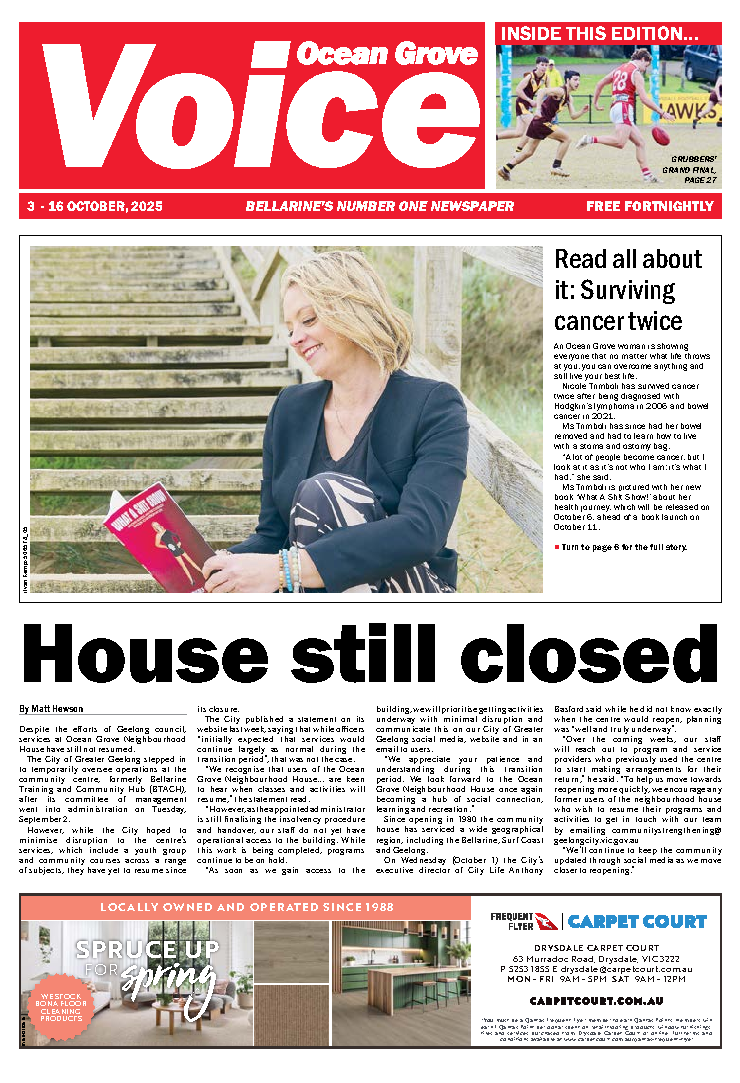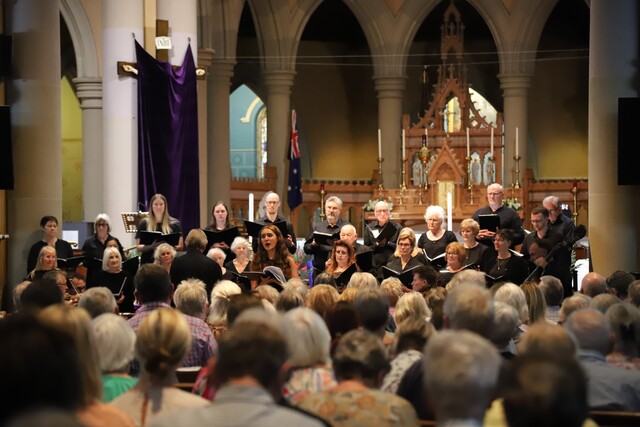The Borough of Queenscliffe will take a stronger approach to illegal graffiti to ensure the region remains safe, clean and welcoming.
The borough adopted, four councillors to one, the Graffiti Management Policy during its March 26 council meeting to protect public and private spaces from illegal graffiti.
Councillor Donnie Grigau said the borough historically had low levels of graffiti but acknowledged that a structured response was needed due to rising incidents, particularly during peak tourist seasons.
“Council has a zero-tolerance approach to illegal graffiti given its detrimental impact on the borough, its environmental heritage values and tourism appeal,” he said.
“Principals outlined in the policy include mitigation, removal, enforcement and community collaboration to ensure a proactive and effective approach to managing graffiti.
“(We need) adequate financial resources to ensure the policy is implemented effectively, including timely graffiti removal from council-owned assets.
“It also includes a two-business day response timeframe for standard removal requests on council-owned managed properties and a two-hour response timeframe for removing offensive or obscene graffiti.
“It’s very important that we all know, depending on where the graffiti is located, who’s responsible legally to remove the graffiti. This policy and guidance make it very clear to the public and council about whose responsibility it is to remove graffiti.”
Cr Isabelle Tolhurst put forward an alternative motion during the meeting to have the policy put on public exhibition for 28 days and to seek Victoria Police input, but her motion was lost.
“I have little opposition to a policy that seeks to formalise a proactive approach to a local issue like graffiti and this policy is a good start,” she said.
“But there’s no mention of the role of police and no reference to the existing operational procedures that support our management of graffiti identification and removal.
“Going to community consultation is a chance to strengthen a policy. For example, with the removal of offensive or obscene material, how do we define that in the policy? And is two hours realistic for a small council with a limited budget?”









